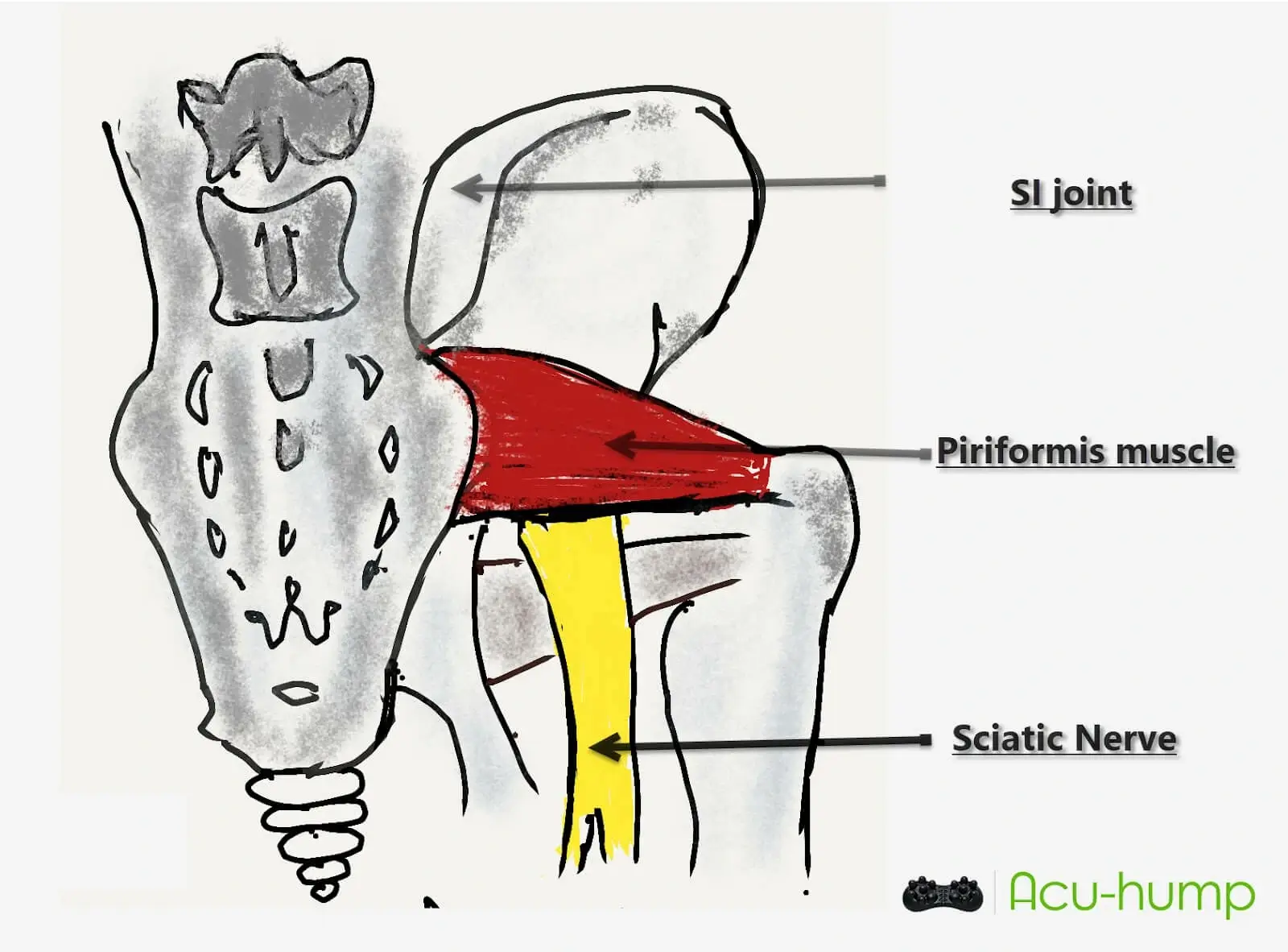Piriformis syndrome is a condition characterized by pain, numbness, and tingling in the buttocks and down the leg. It occurs when the piriformis muscle, located deep within the buttocks, becomes tight or inflamed, putting pressure on the sciatic nerve. Heat therapy is a commonly used treatment approach for managing piriformis syndrome. This article will explore the effectiveness of heat therapy in relieving symptoms and discuss the recommended methods of application.
What is Piriformis Syndrome?
Piriformis syndrome occurs when the piriformis muscle, responsible for hip movement and stability, becomes tight or inflamed, leading to compression of the nearby sciatic nerve. This compression can result in pain and discomfort in the buttocks, which can radiate down the leg. Individuals may experience difficulty sitting or standing for extended periods, and the pain can severely impact their quality of life.

The Use of Heat Therapy for Piriformis Syndrome
Heat therapy is a widely recognized treatment for managing various types of muscular pain and injuries. When applied to the affected area, heat can help relax and loosen tense muscles, improve blood circulation, and provide temporary pain relief. In the case of piriformis syndrome, heat therapy can help alleviate the tension in the piriformis muscle, reducing pain and promoting muscle relaxation.
Applying Heat Therapy for Piriformis Syndrome
To apply heat therapy for piriformis syndrome, several methods are commonly used. One popular approach is the use of hot packs or heating pads, which can be applied directly to the affected area. These provide localized heat and can be particularly effective in relieving pain and relaxing the muscles. Additionally, taking warm showers or using warm towels can promote overall relaxation and help soothe the symptoms associated with piriformis syndrome.
It is essential to use heat therapy cautiously, ensuring that the heat is not too intense to avoid burns or further tissue damage. Moderate heat application for about 15-20 minutes at a time, a few times a day, is generally recommended. However, the duration and frequency can vary depending on individual preferences and the severity of the symptoms.
The use of ice pad and heat pad for treating piriformis syndrome have different effects and benefits.
Ice pad
1. It reduces inflammation and swelling: Ice pad helps to constrict blood vessels, reduce blood flow to the affected area, and decrease inflammation and swelling in the piriformis muscle.
2. It numbs the area: Ice therapy has a temporary analgesic effect by reducing nerve conduction, providing pain relief to the affected area.
In general, ice therapy is more suitable in the acute stage of piriformis syndrome when there is inflammation and swelling, while heat therapy is often used during the subacute or chronic stage to improve blood circulation, relax muscles, and relieve muscle stiffness.
Combining Heat Therapy with Other Treatment Approaches
When healing piriformis syndrome, it is important to be aware of specific exercises to avoid. While heat therapy is advantageous by itself, its effectiveness can be amplified when combined with other treatment methods.
Incorporating targeted stretching exercises for the piriformis muscle and adjacent muscles, along with strengthening exercises to enhance muscle support, can greatly aid in the treatment process.
Prior to these exercises, heat therapy plays a vital role by promoting muscle relaxation and reducing stiffness. Additionally, it optimizes the efficiency of these exercises by improving tissue flexibility and increasing the range of motion, ultimately contributing to a comprehensive approach for tackling piriformis syndrome.

When dealing with piriformis syndrome, it is crucial to be aware of exercises to avoid as they can exacerbate the pain.
Precautions and Considerations
While heat therapy can provide relief for piriformis syndrome, it is crucial to consult with a healthcare professional before beginning any treatment. They can assess the condition and determine the suitability of heat therapy in individual cases. Additionally, individuals with certain medical conditions or open wounds should exercise caution or avoid heat therapy altogether. It is important to listen to the body’s cues and adjust the temperature and duration of heat application as needed.
Heat therapy can be an effective treatment approach for individuals with piriformis syndrome, providing relief from pain and promoting muscle relaxation. By incorporating heat therapy into a multimodal treatment plan that includes stretching exercises and strengthening exercises, individuals can optimize their management of piriformis syndrome. However, it is essential to consult with healthcare professionals and consider individual circumstances to ensure safe and effective use of heat therapy for piriformis syndrome.
